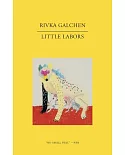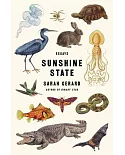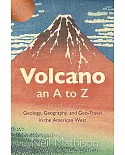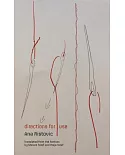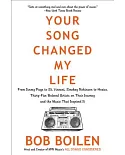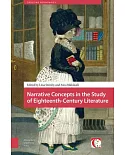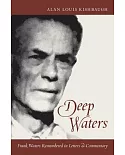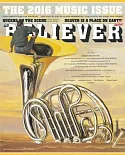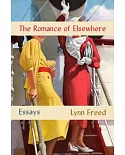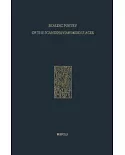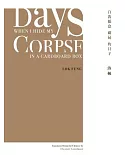The thirteen essays and ’Afterword’ in Modernism and Nostalgia: Bodies, Locations, Aesthetics address the multiple meanings of nostalgia in the experimental literature of the early twentieth
century. Whether depicted as a felt emotion, a form of memory, or a type of fixation, the essays demonstrate that nostalgia involves a tension between past and present, a tension that
modernist writers depicted in order to bring the past into conversation with the present. Theses essays show how modernist writers responded to the upheavals of the period - war,
modernization, and a number of geographic and social dislocations - from the unique mode of insight made available by nostalgia. The essays in this collection demonstrate that the nostalgic
impulse in modernist literature reveals how deeply rooted in the damaged, the old, the vanishing, and the lost were the variety of efforts to imagine and produce the new - the distinctly
modern.


